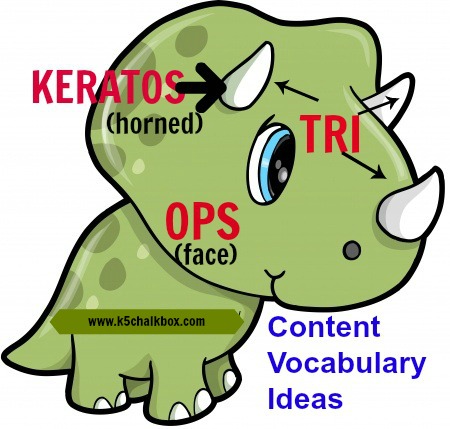4 easy ESL strategies every classroom should use. These techniques work for any child that is struggling with understanding the lessons.
Daily immersion in social language allows students to quickly make associations between routine words and meanings. Learning academic language, however, with its unfamiliar words and often novel contexts, is more of a challenge.
English language learners (ELL) may take six months to 2 years to learn social language, but catching up with academic language often requires 4-9 years.
ESL Teaching Strategies
1. In Their Own Words
Have students create original, “in their own words” definitions and sample sentences, particularly for content specific subjects and Tier 3 vocabulary.
Content area reading is almost always far below an ESOL student’s level, so before this approach can begin to be successful, a teacher should look for the same or similar information in a resource that is a few levels below grade level (while remaining sensitive to age appropriateness).
2. Examples and Non-Examples
The Frayer Model is one of the best known uses of example and non-example for teaching academic content vocabulary. Using this type of model takes an extensive amount of time, so it is best to use it only with vocabulary that is critical to understanding the unit.
Another excellent organizer for vocabulary is the VVWA Model. This is one of my favorites as it is highly visual and great for all levels of learners.
3. Root Word Patterns
Word roots and affixes should be analyzed for meaningful patterns to help ESL students to break apart unfamiliar words.
- Rhinoceros: rhino = nose, keras = horn
- Tricerotops: tri = three, keratos = horned, ops = face
A fun way to approach this is to hand out the root words and affixes on index cards. Show a picture of the word and have the students label the parts of it with the cards.
Here is a short list of common roots, prefixes and suffixes (a mixture of Greek and Latin).
Root Words
- vid: to see
- ject: push
- press: press
- rupt: break
- ped or pod: foot
- nav: sail or boat
- cis: cut or kill
- ambi: both
- morph: shape
- therm: heat
- micro: small
- graph: writing
Prefixes
- ab: away
- de: down
- ex: out of or from
- multi: many
- re: again
Suffixes
- -tion: condition
- -able: able to or can
- -ive: relating to
- -ology: study
4. Word Sorts
Pairs of students can physically manipulate, classify, and reclassify word cards into groups.
As each grouping is evaluated and questioned for meaning, the language of compare and contrast becomes the norm as definitions are clarified.
Word sorts are awesome for all learners. In the primary grades we do a lot with sound and spelling sorts which can be used certainly for vocabulary, especially if sorting by affixes.
However, it is the classifying in different ways and having to justify it that makes this a great vocabulary activity.
By building background knowledge within the academic vocabulary, you will be making a concrete way for students to scaffold their learning while deepening their understanding of the English language.
